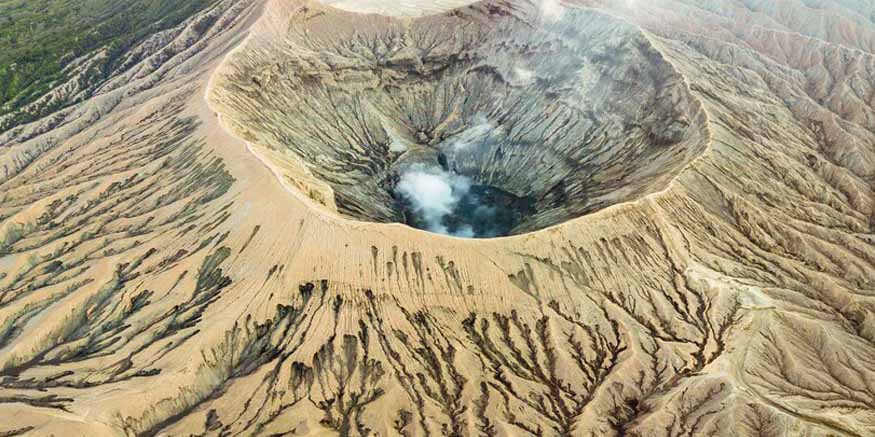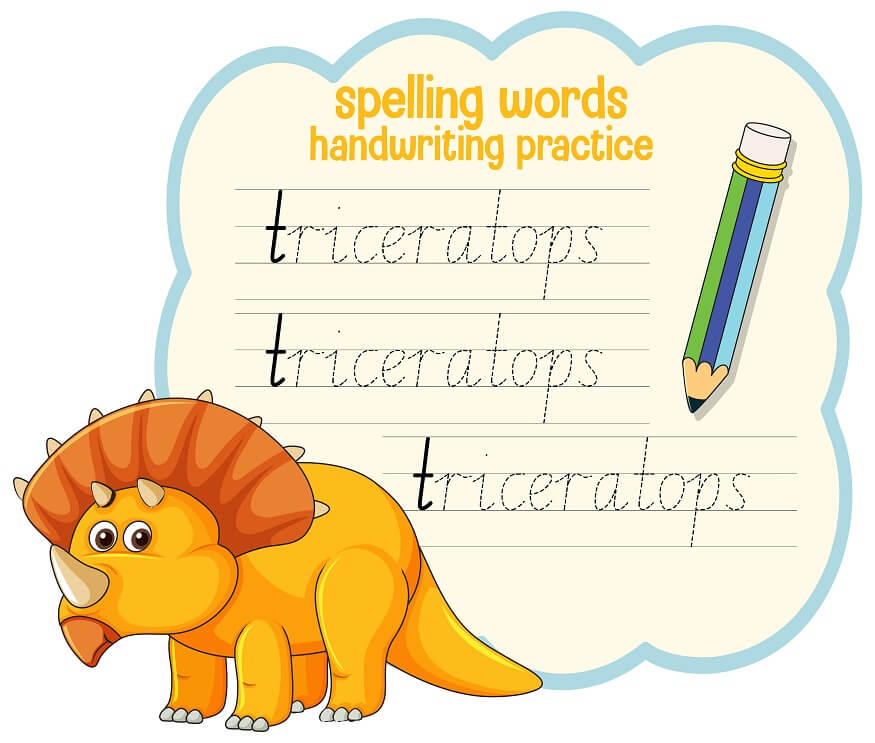Volcanic Landscape of India- Active, Dormant, and Extinct Volcanoes
By Billabong June 14, 2024

India is recognised for its diverse landscapes and rich cultural heritage. It is home to many natural treasures. This includes a rich history of volcanoes. Volcanoes are among several natural phenomena that are both magnificent and terrifying.
India is not typically associated with volcanic activity. However, the country embarks on the presence of active, dormant, and extinct volcanoes. They have significantly shaped the landscape of India and added to its geological diversity. In this blog, we will explore the fascinating world of active, dormant, and extinct volcanoes in India.
What are Volcanoes and their Classification?
A volcano is an opening on the surface of the Earth. This opening is commonly found in mountains. It lets gas, hot lava, and ash escape from under the Earth’s crust. Volcanoes are predominantly found where two of the tectonic plates of Earth meet.
Volcanoes develop when magma rises from the Earth’s mantle and erupts at the surface. This eruption releases lava, steam, gas, ash, and rocks. Magma is liquid rock within a volcano, whereas lava is liquid rock (magma) that flows out of a volcano.
As the lava cools, it takes the shape of a mountain. Repeated eruptions cause the volcano to expand and take a dome shape. Mentioned below are classifications of volcano in India;
Active Volcano
An active volcano is a volcano that has erupted during the Holocene (the present geologic age, which began 11,700 years ago), is now erupting, or has the potential to erupt in the future. They are subdivided into “actively erupting” and “potentially active.”
Dormant Volcano
A dormant volcano is a sleeping volcano. This means it is a volcano that has not erupted in a long time but is expected to erupt sometime in the future. These volcanoes are thought not to have erupted since the last ice age.
Extinct Volcano
Volcanoes that have not erupted throughout the history of humanity are considered extinct. Although extinct volcanoes are unlikely to erupt again, there is no assurance that they will remain silent. They can show signs of activity even after thousands of years.
A List of Volcano in India- Active, Dormant, and Extinct Volcanoes Examples
Volcanoes in India are like natural fire-breathing mountains. However, India is less well-known for volcanic activity than other parts of the world. Still, it is home to a wide range of volcanoes. Here is a list that explores India’s active, dormant, and extinct volcanoes examples;
- Barren Island
- Baratang Island
- Narcondam Island
- Deccan Traps
- Dhinodhar Hills
- Dhosi Hills
- Loktak Lake
- Tosham Hills
Barren Island is an active volcano in India. It is a part of the Andaman Islands and is 138 km away from its capital, Port Blair. It is only 3 km broad and contains a volcanic crater that is 2 km wide. Its first volcanic eruption outbreak was witnessed in 1787. Since then, the volcano has erupted more than 10 times, with the most recent one being in 2020.
Baratang Island in Andaman is known for its mud volcanoes rather than active volcanic eruptions. These mud volcanoes are not highly active. They emit mud, gases, and at times small amounts of lava. It is one of the popular tourist destinations. There are no recent eruption records. However, the most recent eruption recorded was in 2005, after the 2004 earthquake.
Narcondam Island is a part of the Andaman Islands and is 256 km away from Port Blair. It is a dormant volcano. It is a little volcanic island that has a surface area of around 6.8 square km. The last known volcanic eruption in Narcondam Island was recorded in 1681.
Flood Basalt volcanoes erupted around 66 million years ago, forming the massive Deccan Traps. Magma erupted from deep under the Earth’s surface and consolidated into rock as it cooled. It covers a large portion of Maharashtra. The Deccan Traps represent India’s volcanic past. It includes both dormant and extinct volcanoes forming the landscape.
Dhinodhar Hills are a group of hills found in Gujarat and are classified as extinct volcanoes. These hills were formed as a result of volcanic activity. The hills are made up of sedimentary materials deposited over millions of years.
Dhosi Hill is an extinct volcano located at the border of Rajasthan and Haryana. It is a significant site dating back to the Vedic period. These hills were formed roughly 750 million years ago as a result of volcanic activity. They still serve as a reminder of the region’s geological past.
Loktak Lake is a freshwater lake located in Manipur. It is a supervolcanic caldera that formed around 100 million years ago. A caldera is a depression that forms when the magma chambers have been emptied.
Tosham Hills in Haryana were formed by volcanic activity around 732 million years ago. This is part of the Aravalli Mountain range in western-southern Haryana. It has igneous rock formations. They are classified as extinct, and there is no present volcanic activity.
Fun Facts About Volcanoes For Kids
The idea of witnessing volcanoes can be both, fascinating and terrifying. Here are some fun facts about volcanoes;
- There are about 1500 active volcanoes on Earth.
- The ‘Ring of Fire’ is a region in the Pacific Ocean that is expected to contain 90% of the world’s earthquakes and 75% of the world’s volcanoes.
- One of the best places in the world to do scuba diving is said to be the seas around Barren Island.
- The biggest volcano in our solar system is Olympus Mons on Mars.
- Lava that releases from a volcano might have temperatures ranging from 800 to 1,200 degrees Celsius.
Knowing about India’s volcanoes illuminates the country’s many geological wonders, which range from the fierce eruptions of Barren Island to the ancient remains of the Deccan Traps. These wonders serve as a constant reminder of Earth’s dynamic history.
Discover the universe of opportunities at Billabong High International School, where curiosity drives success. Join us on an adventure of limitless exploration and learning!
Latest Blogs
- The Future of Education: Promoting Intellectual Agility and Ingenuity in Young Minds
- Understanding Learning Styles: Making Learning Fun for Children
- Yummy Recipes for Your Toddler’s Nutrition and Brain Development
- The Impact of Digital Revolution on Education
- How to Improve Handwriting: 5 Essential Tips






